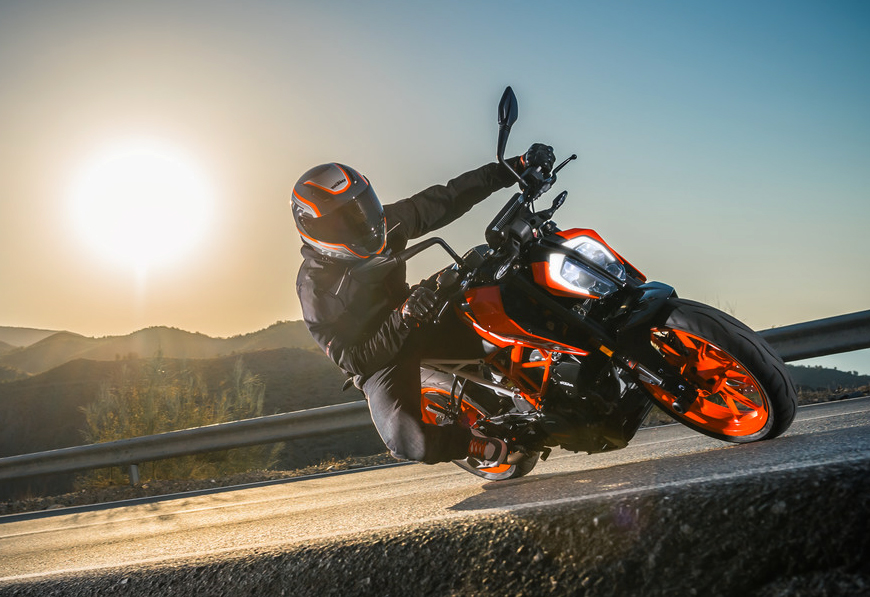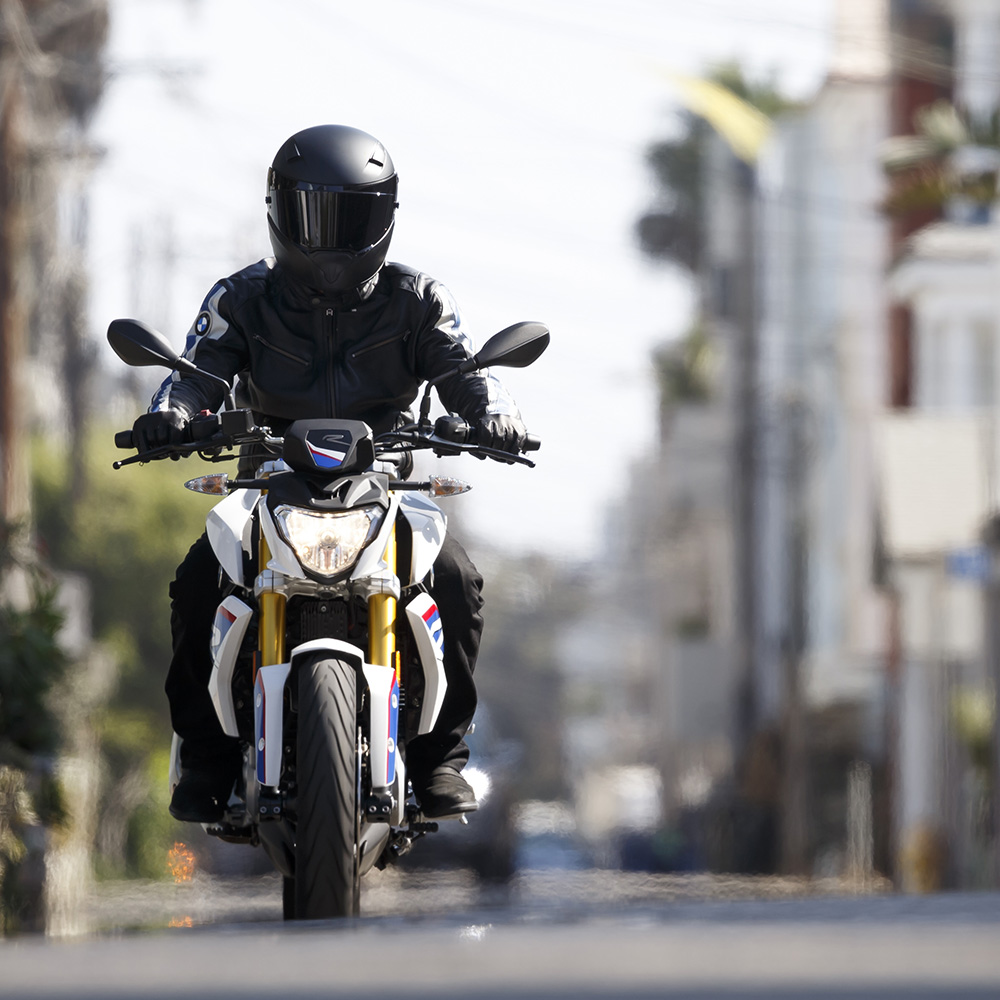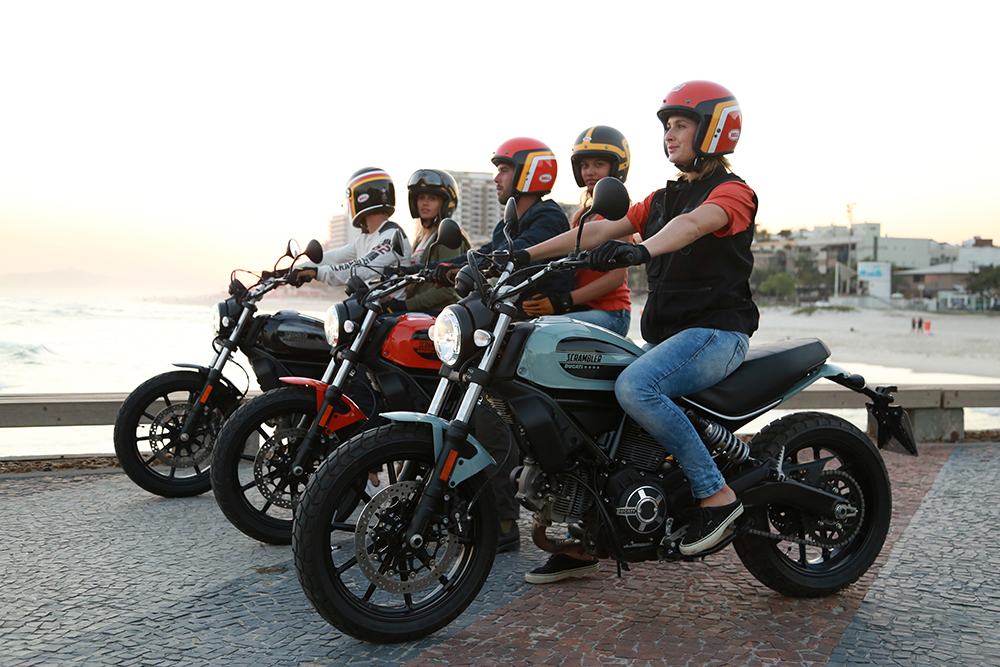If I were to say to you, ‘small bikes’, chances are you would think about 125cc or 150cc or similar. However, rider licensing laws around the world have brought about a different breed of small bike; those of around 400cc.
Right now, the class is blossoming and not necessarily from the manufacturers you would expect. If I were to say to you, ‘KTM, BMW and Ducati’, would you be surprised? Yes, that’s right; BMW. Actually, for that matter; yes, that’s right; Ducati! Two manufacturers of whom you wouldn’t immediately think of when considering a small capacity bike. But exist they do and ignore them at your peril you will.
So, allow me to introduce to you the BMW G310R, the KTM 390 Duke and the Ducati Scrambler Sixty2. The KTM you will all be familiar with but not so the Ducati and the BMW. The Ducati is a reduced-fat Scrambler; a bike which should be 800cc but which is now 399cc. It’s still a v-twin and definitely a Ducati, being built alongside Monsters and Panigales in Bologna, Italy.
The BMW has a 313cc single-cylinder engine and is built in India by TVS, but you can forget any corny jokes about Indian build quality because do you really think BMW would put its badge on anything that wasn’t 100% BMW? It is a completely new bike and is aimed squarely at the Asian and Indian markets where such a machine will be seen as aspirational. And it will do extremely well.
The KTM could be seen as the cocky upstart of the trio. The company’s foray into road bikes has been fantastically successful at both ends of the capacity spectrum and the 375cc 390 Duke – also built in India – has stunning performance and funky good looks in a youth-friendly package.

But are they any good? Three- or four hundred cc’s might not necessarily be a recipe for a fun ride but, actually, they are just that. There is something about being able to use all of a bike’s performance absolutely everywhere without the possibility of going too fast although, having said that, each of them will sit at 150km/h on the highway very comfortably without undue strain on the engine.
Around town, all the available revs need to be used to get going with any urgency and, in this respect, the KTM has the edge on acceleration, being remarkably punchy. The BMW’s single cylinder seems a little weak at lower revs but comes alive if you wring its neck. The Ducati lies somewhere between the two. The KTM makes 44bhp, the Ducati 41bhp and the BMW 33bhp. The KTM is the lightest at around 155kg, the BMW 158.5kg and the Ducati a slightly porky – in this company -183kg so the KTM’s performance edge is not surprising over the Ducati, while the BMW can’t really compete with them but, for all that, isn’t left too far behind, either.
Of the three, the Ducati feels the most solid which is its handicap, being essentially an 800cc Scrambler in all but engine capacity and, therefore, power. It does feel a bit overweight but the upside to this is a feeling of solid quality that should last. The BMW is undoubtedly well-built with good quality plastics and chassis components but feels light, while the KTM feels a little plasticky and insubstantial.

Swing a leg over all three and the differences are even more stark. The BMW is the most comfortable, being roomy and with good foot peg/seat/handlebar dimensions; it fits even my six-foot plus frame without feeling at all cramped. The KTM is the complete opposite, especially when jumping straight off the BMW; it feels short and aggressive, giving it a much sportier riding position than the other two. The Ducati feels like a big bike but is spoilt by a terribly uncomfortable seat, a hump between rider and pillion positions that is completely in the wrong place and pitches you too far forward if you sit in front of it and too far back if behind it. No doubt there is an option seat in the catalogue that would address this.
The chassis of all three are nothing short of fantastic; the Ducati you would expect to be so, being designed for much more power but the KTM and BMW give nothing away to the Italian in handling prowess; you can really chuck them all around with abandon, confident that they will do what you ask of them.

And so to the crux of the matter; price. With the BMW and KTM being built in India, the price of both makes them very hard to ignore. The BMW is cheapest at – wait for it – R62,000, which is a fantastic price for a bike that could easily justify being more expensive, such is the quality and performance of both engine and chassis. Only the front brake lets the G310R down.
The KTM 390 Duke is next up at R69,000, which is still a fabulous price for what you are getting and that leaves us with the Ducati Sixty2 which costs, I’m afraid, a whopping R116,000. Place a good quality helmet on the seat of the Ducati and it would nearly equal the price of both the other two bikes combined. What’s more, for R13,000 more, you could have the 800cc-engined Scrambler Icon! That makes the Sixty2 just too expensive which is a shame as it is a great bike.
Straight away, all three are desirable bikes; one does not look at any of them and think; no way, not that one. Which is as it should be as they are all premium brands. They are all quite easy to place into the profile of a particular owner. The KTM is the youngster’s bike; the BMW is the thinking/professional man’s bike and the Ducati is, well – how to put this politely? – the bike for the man who can afford everything. It all depends on how you see yourself and, maybe, who is picking up the bill.




